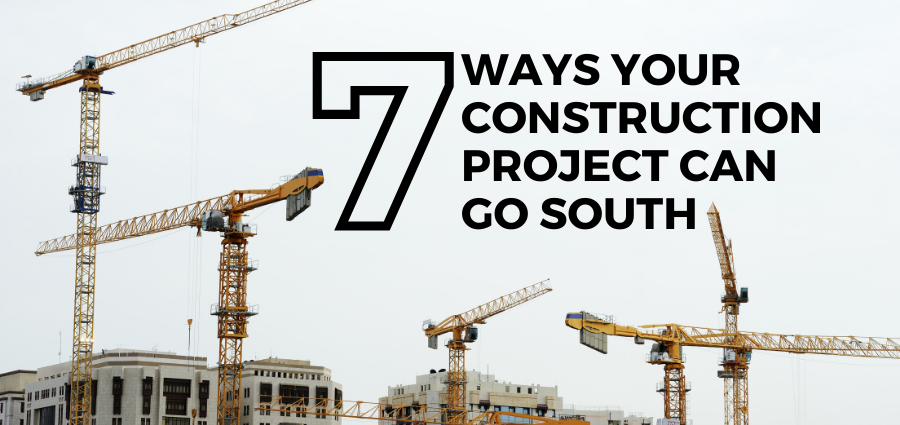Dash cam footage of FIU bridge collapse from Instagram user oswebdev
Updated 3/19/18 with information on the first civil lawsuit filed.
Last Thursday, every construction professional’s worst nightmare happened. Lives were lost, both construction workers and civilians, by way of the catastrophic collapse of FIU’s under construction pedestrian bridge. We shared what we knew as of late Thursday night, but since this is not only a tragedy directly related to construction, but also a huge learning opportunity for the entire industry, I wanted to make sure we continued to follow and update on the story as it develops.
The Victims
It was confirmed on Sunday that there were a total of 6 fatalities from the collapse; two were construction workers, according to the Miami Herald. Navaro Brown, 37, was an employee for Structural Technologies VSL. Two of his coworkers were also hospitalized due to the collapse. Brandon Brownfield was a tower crane technician for Maxim Crane Works, but was not actively working on the FIU bridge project. The four others were Alexa Duran, an FIU student; Rolando Fraga, a truck driver; Osvaldo Gonzales and Alberto Arias, who were both commuting under the bridge at the time.
A Voicemail Two Days Before the Collapse
Several news outlets reported throughout the weekend that an engineer from FIGG Bridge Group left a voicemail on one of the Florida DOT’s landlines explaining that cracking was found on the bridge after it was dropped into place. That voicemail was not picked up until after the collapse, reported Time Magazine. In the voicemail, the engineer explained that repairs were needed, but he was not concerned about the safety of the bridge.
What Was Happening When the Bridge Collapsed
Senator Marco Rubio tweeted on Thursday night that the bridge’s post tension cables had loosened and they were being tightened when it collapsed. Others were saying it was a stress test. The National Transportation Safety Board stated that “workers were trying to strengthen a diagonal member on the pedestrian bridge at Florida International University when it collapsed,” according to Time.
According to the Miami Herald, an FIU employee heard a loud crack, which sounded like a “cracking whip,” about 5 hours prior to the collapse.
Why Was the Street Not Shut Down?
One of my first reactions after reading details of the collapse was wondering why the street was still open. If the bridge still needed to be strengthened, or if stress tests were being performed on it, that doesn’t sound like a safe situation for cars to be travelling under. The Miami New Times published an article called, “Who Allowed Cars to Drive Under the FIU Bridge During "Stress Testing"?” on Friday, which asks the same question.
The article mentions Dr. Amjed Aref, a civil engineer and researcher at the University of Buffalo's Institute of Bridge Engineering, who said it’s not out of the ordinary to keep streets open when doing minor testing. But, he told the New Times, that when the bridge is not yet complete, there is usually a plan to keep workers and civilians away from the site.
FDOT also issued a statement that there was were no requests made to close down the entire street, but they had issued a “blanket permit” which allowed for two-lanes to be closed from January to April.
Dash Cam Footage of the Collapse
Traffic camera footage of the collapse was shared late last week, but dash cam footage was shared to Instagram by user o2webdev giving another angle of the failure, which you can watch below.
The First Lawsuit
The Miami Herald reported Monday morning that the first civil lawsuit had been filed by a victim who was injured by the collapse, alleging reckless negligence. Named in the lawsuit were FIGG Bridge Engineers, Munilla Construction Management, and the consulting engineer Bolton Perez & Associates. The victim Marquise Rashaad Hepburn was riding his bicycle near the bridge at the time of the collapse and was "seriously injured" when a car swerved into him, according to the lawsuit.











